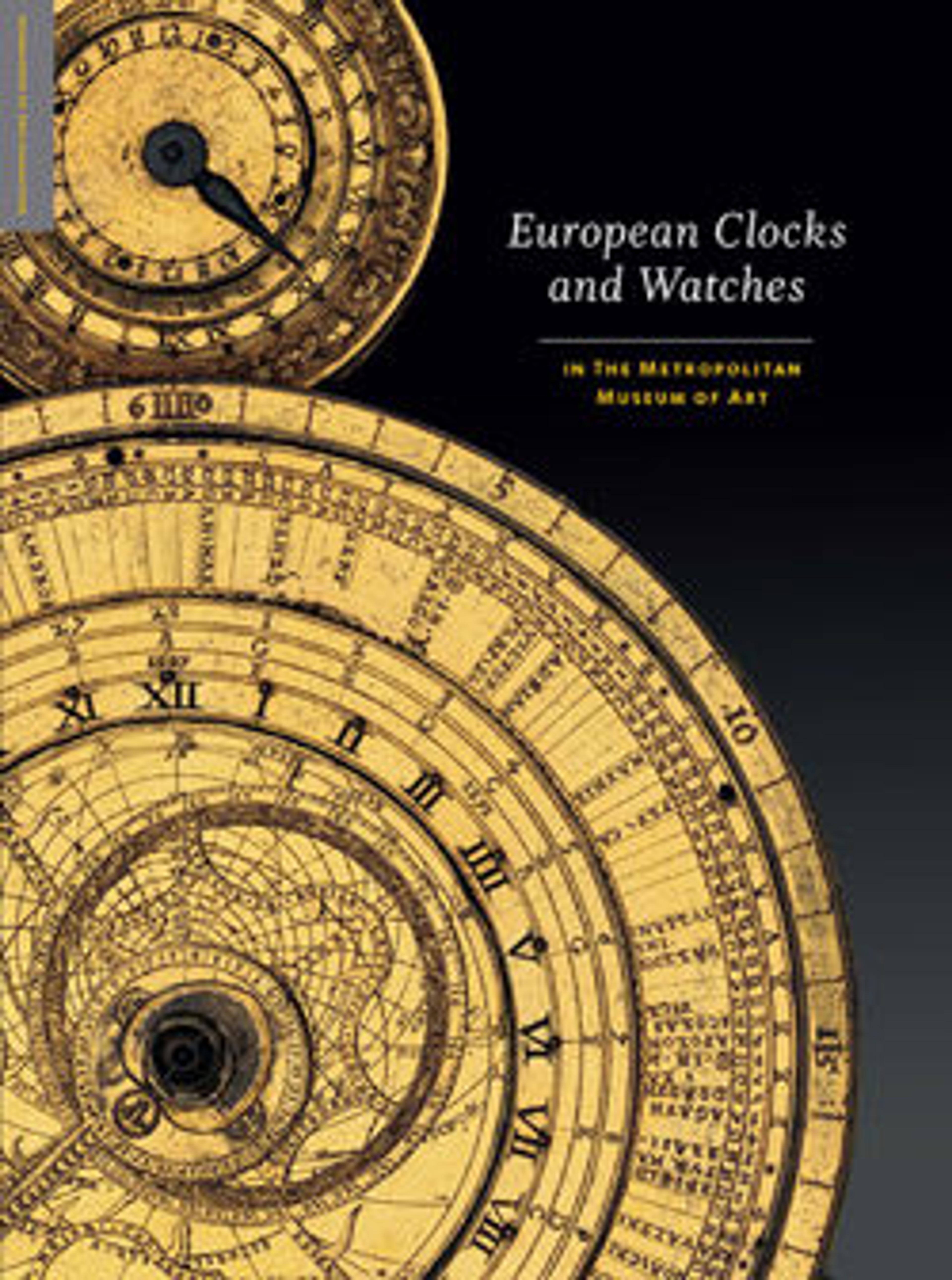Watch
Trained as a goldsmith, Edward East was a founding member of the London Clockmakers' Company in 1631. A successful maker of both clocks and watches throughout the Commonwealth period, he remained a royalist and was appointed clockmaker in 1660 to the newly restored King Charles II (1630–1685). The plain, almost egg-shaped watch known as a Puritan watch is commonly thought to have been developed in England in reaction to the elaborately decorated watchcases of the earlier seventeenth century. Watches of the same variety, however, are known to have been made in the Dutch cities of Haarlem and The Hague from about 1625. This elegant example has a worm-and-wheel set-up for the mainspring, a pinned-on cock with a beautifully executed openwork floral design, elegant pillars of a type known as Egyptian, and a gut fusee. It has a duration of sixteen hours.
Artwork Details
- Title: Watch
- Maker: Watchmaker: Edward East (British, 1602–1697)
- Date: ca. 1640
- Culture: British, London
- Medium: Outer and inner cases: silver, with a plain silver dial; movement: gilded brass, silver, and steel, partly blued
- Dimensions: Overall: 1 3/4 × 1 1/2 in. (4.4 × 3.8 cm)
- Classification: Horology
- Credit Line: Gift of J. Pierpont Morgan, 1917
- Object Number: 17.190.1468a, b
- Curatorial Department: European Sculpture and Decorative Arts
More Artwork
Research Resources
The Met provides unparalleled resources for research and welcomes an international community of students and scholars. The Met's Open Access API is where creators and researchers can connect to the The Met collection. Open Access data and public domain images are available for unrestricted commercial and noncommercial use without permission or fee.
To request images under copyright and other restrictions, please use this Image Request form.
Feedback
We continue to research and examine historical and cultural context for objects in The Met collection. If you have comments or questions about this object record, please contact us using the form below. The Museum looks forward to receiving your comments.
